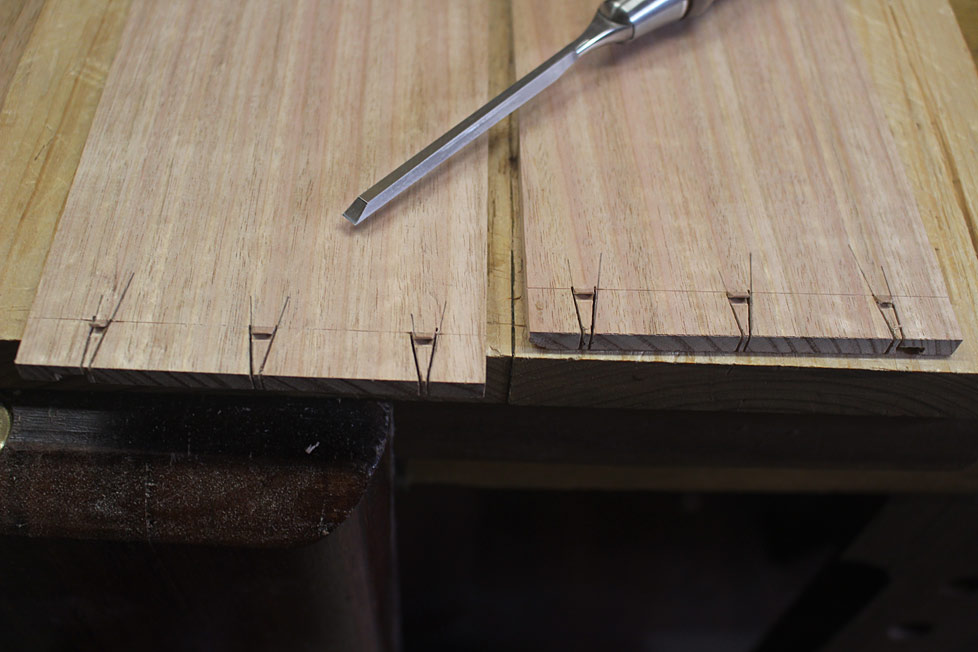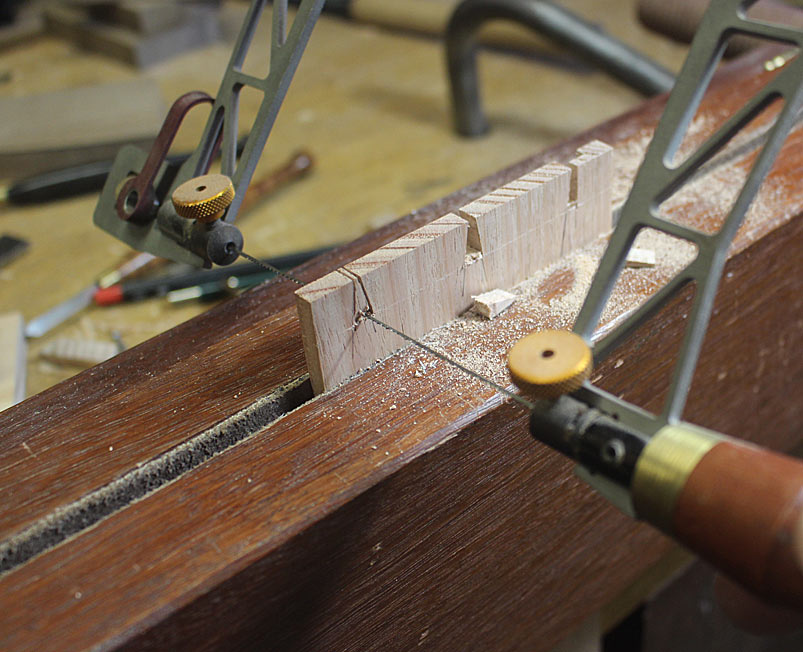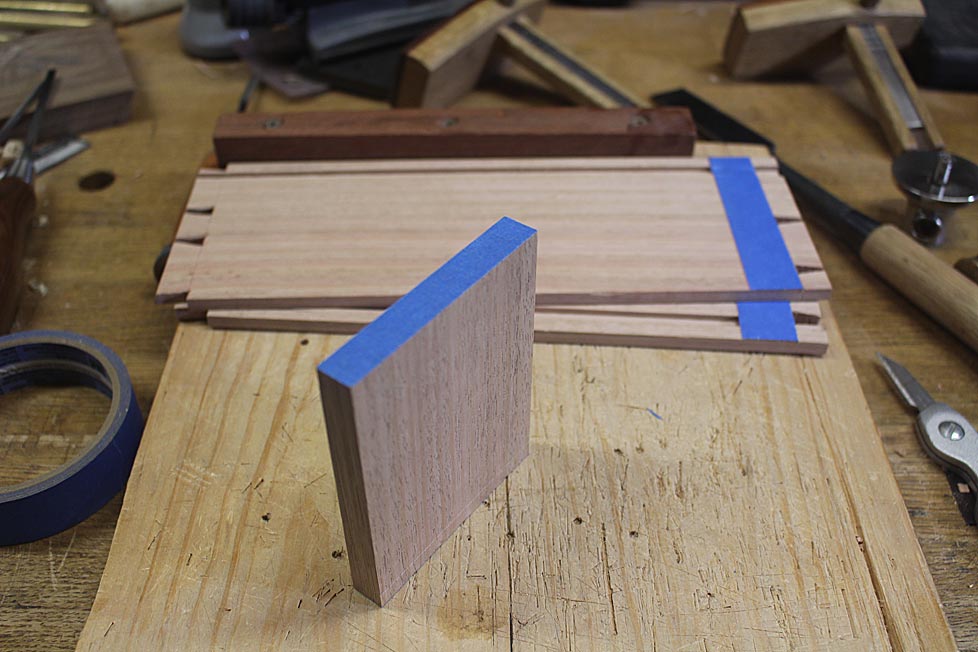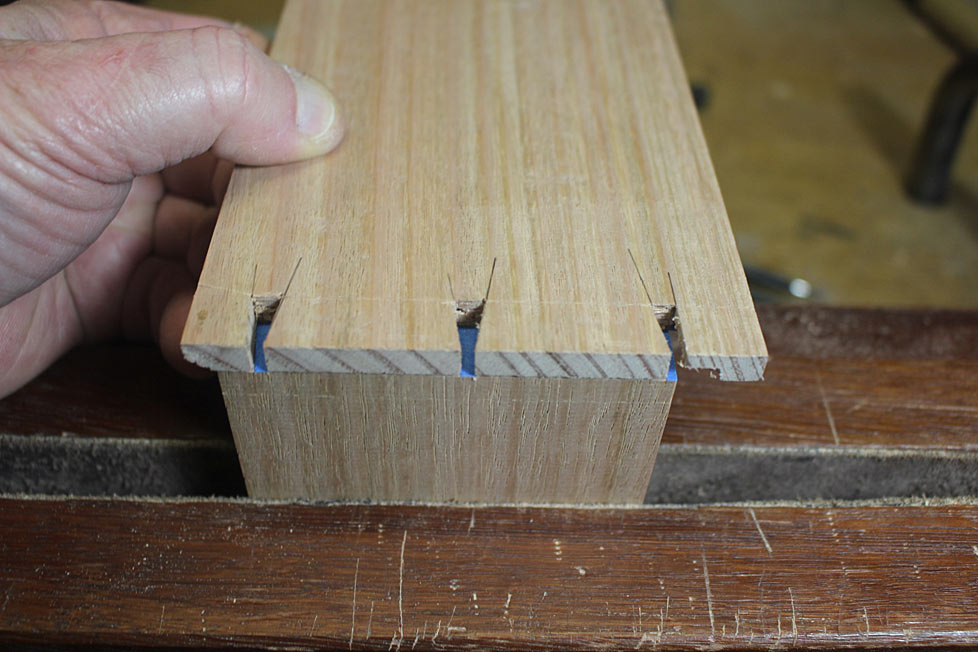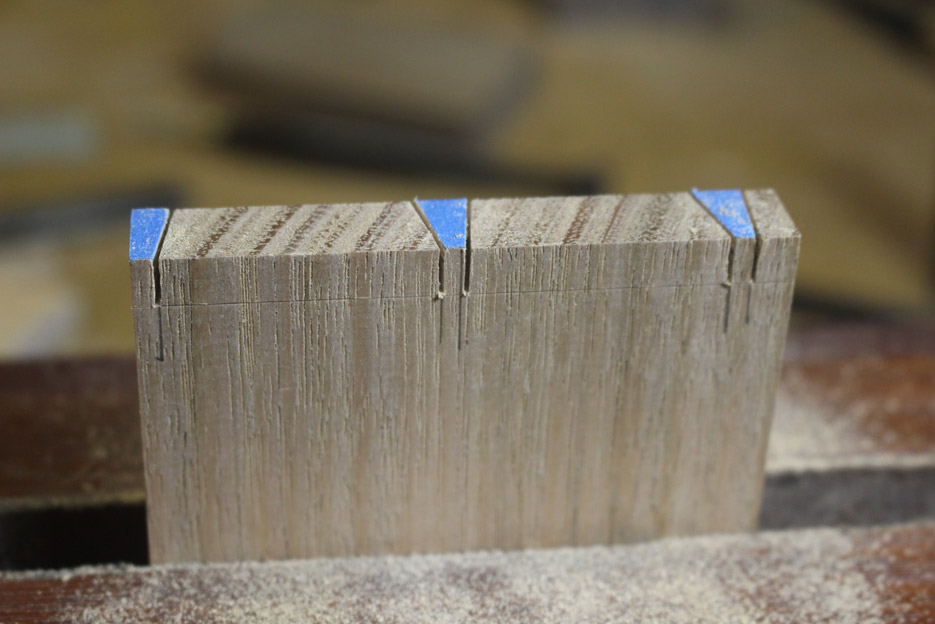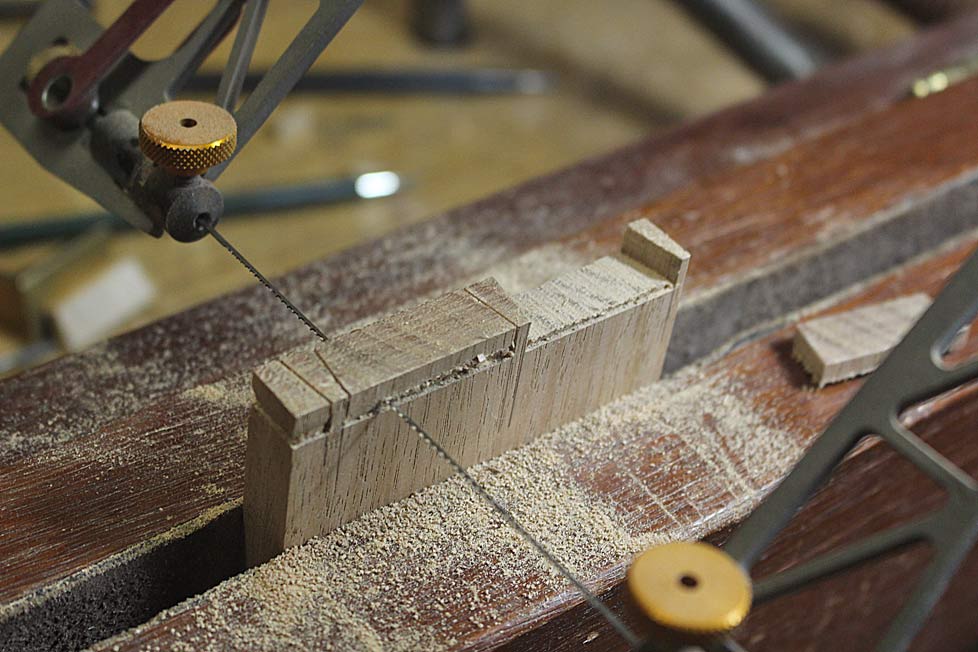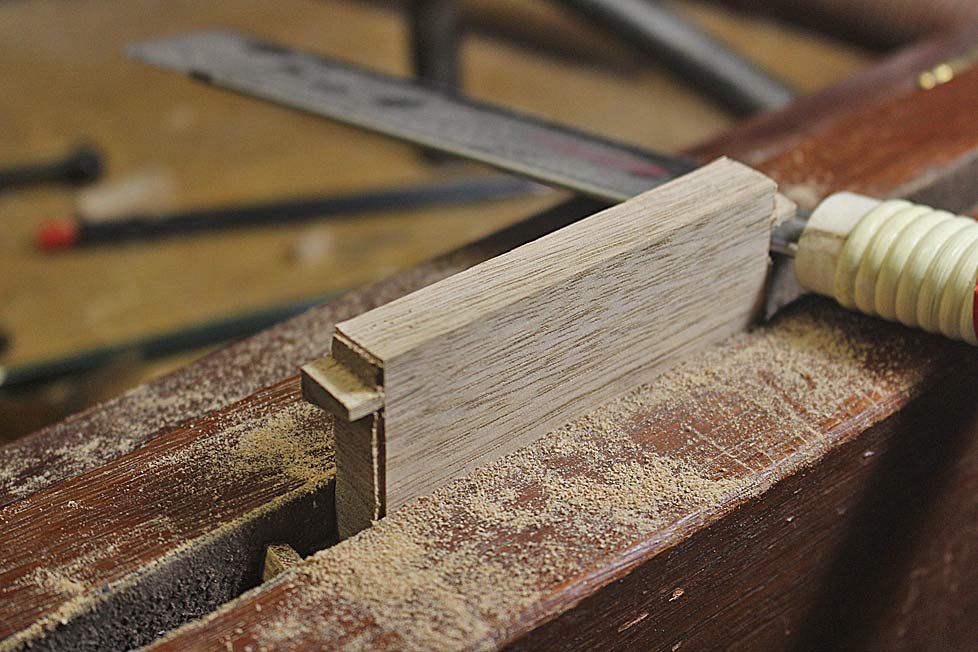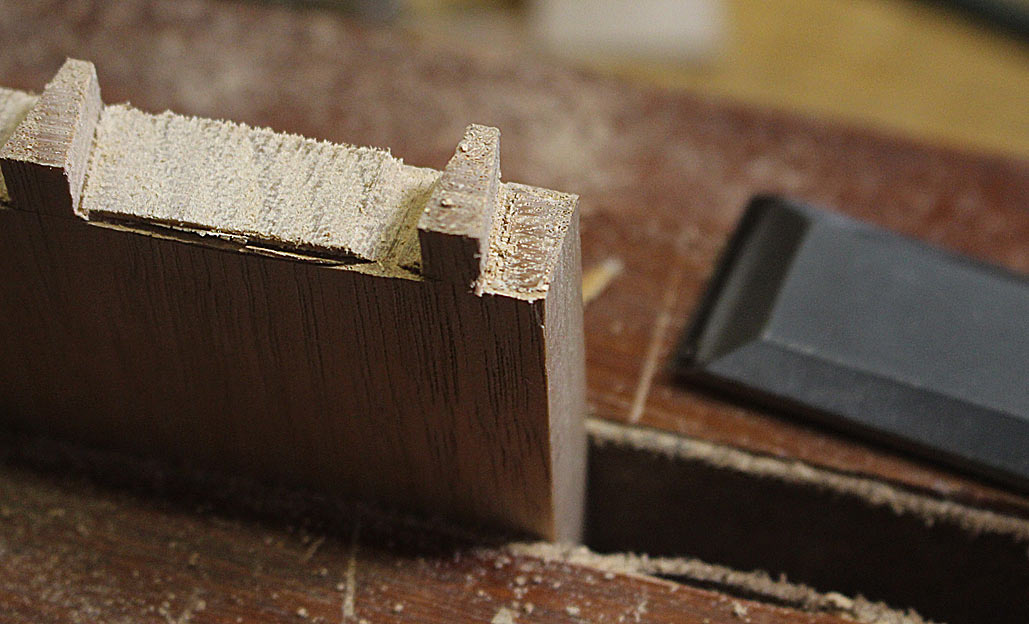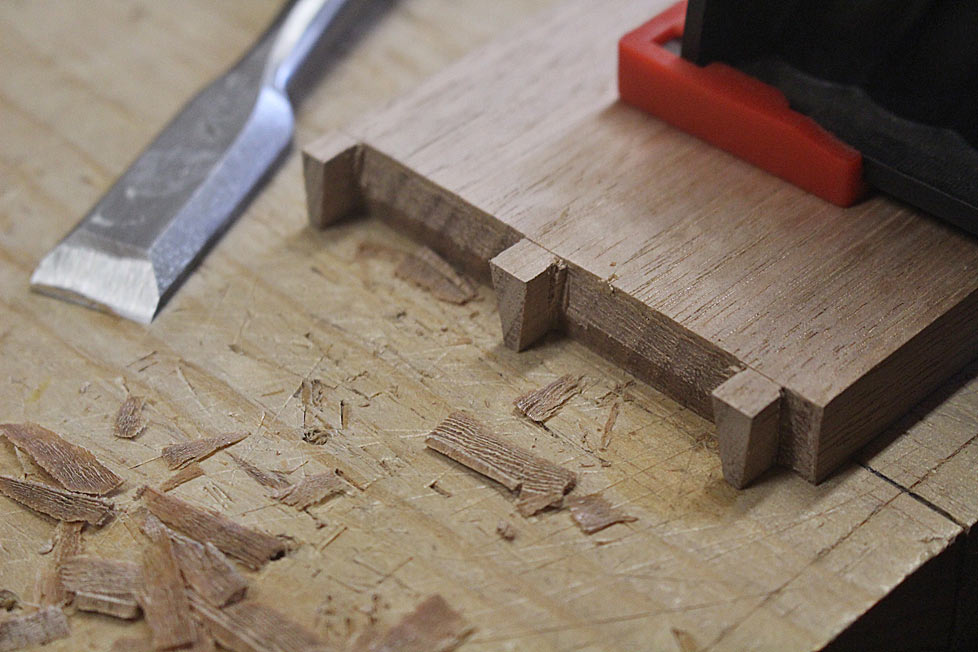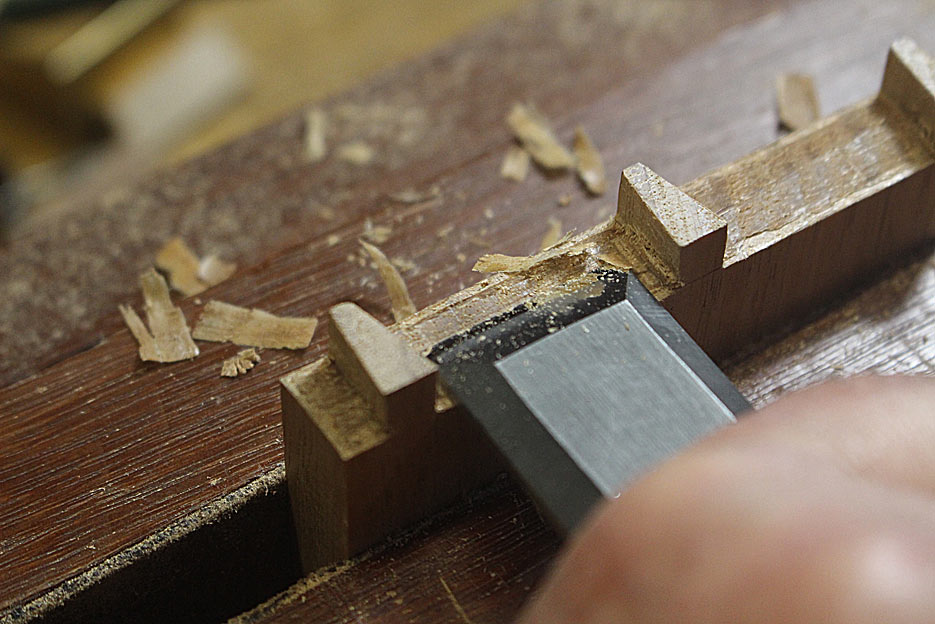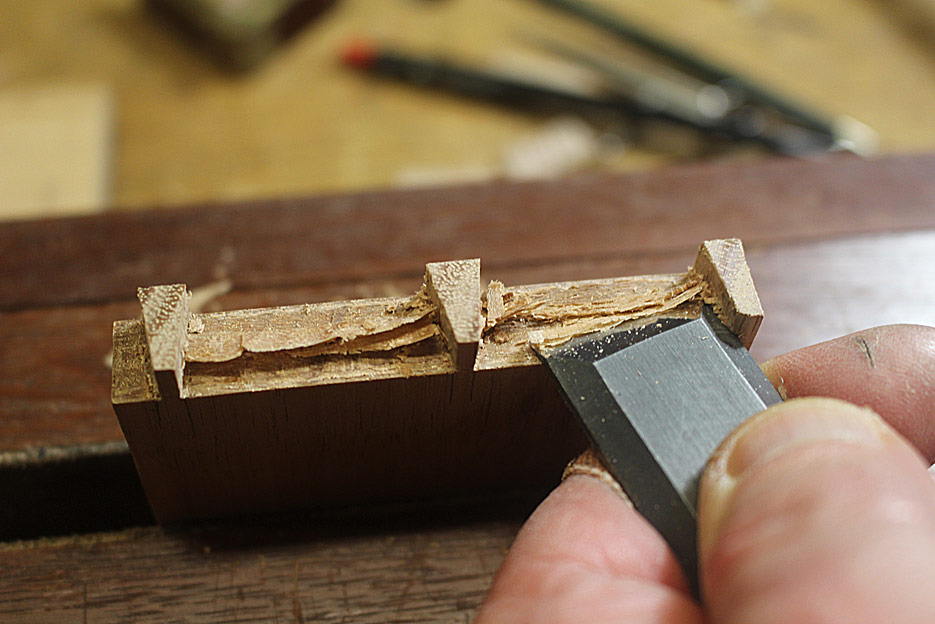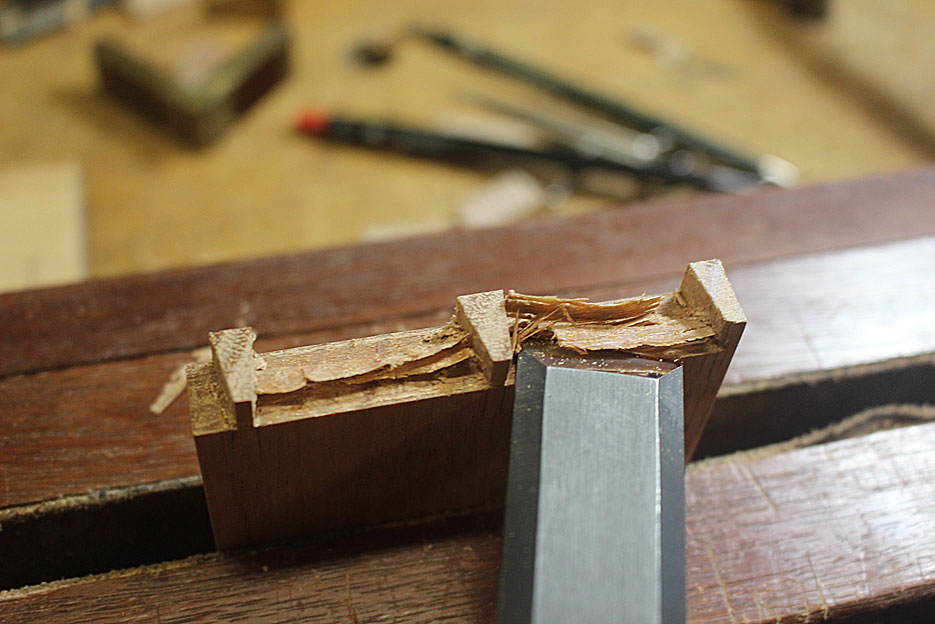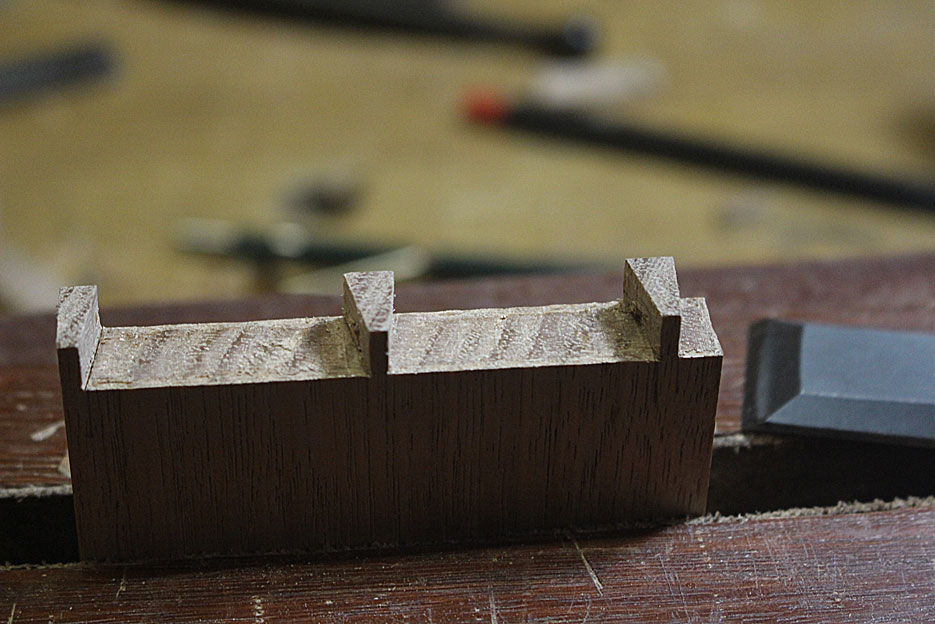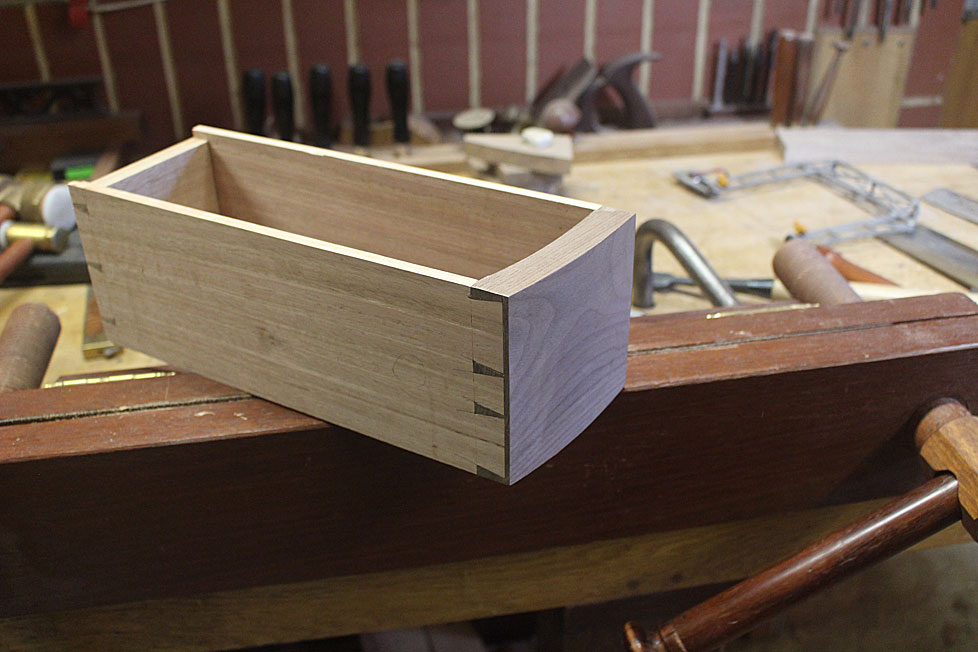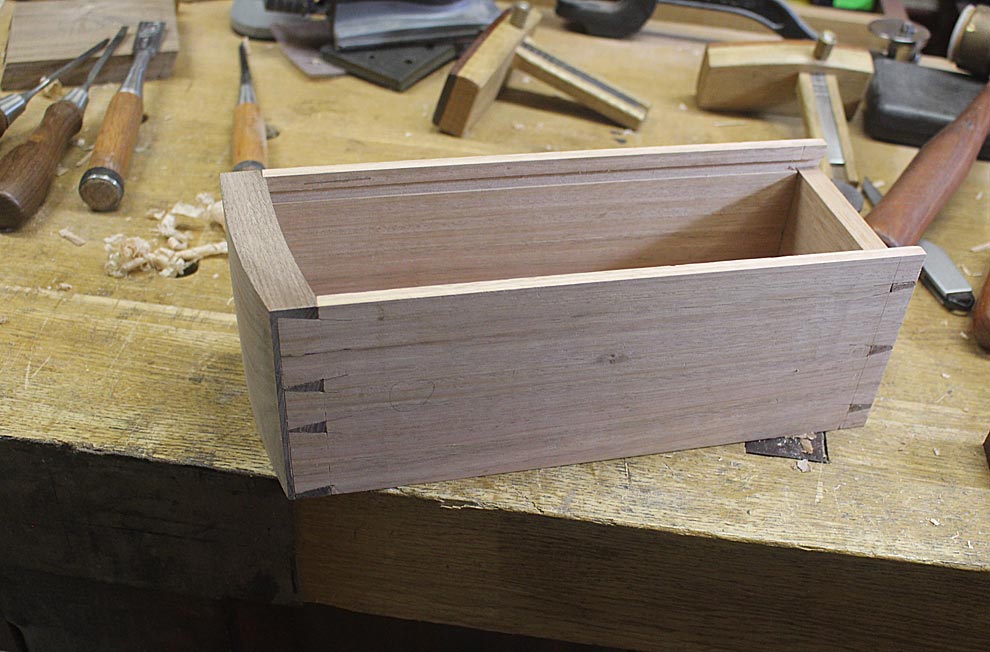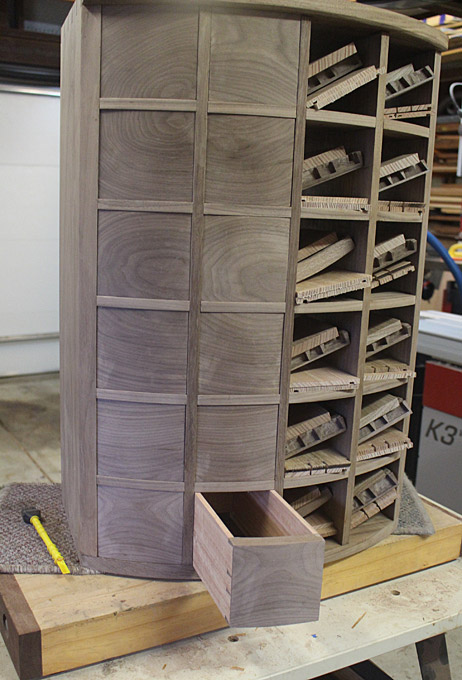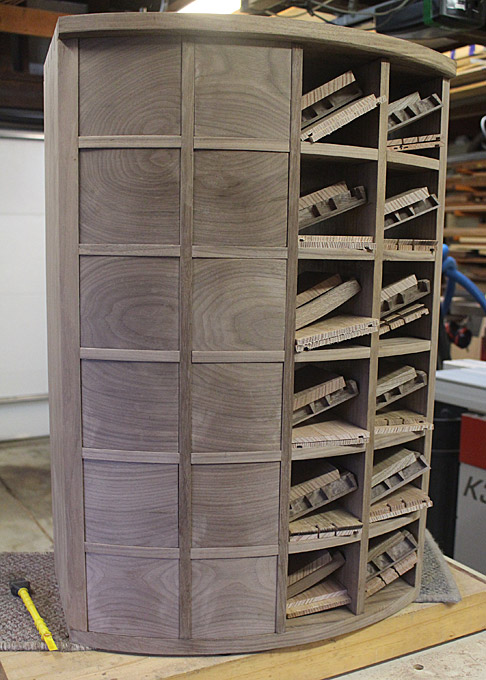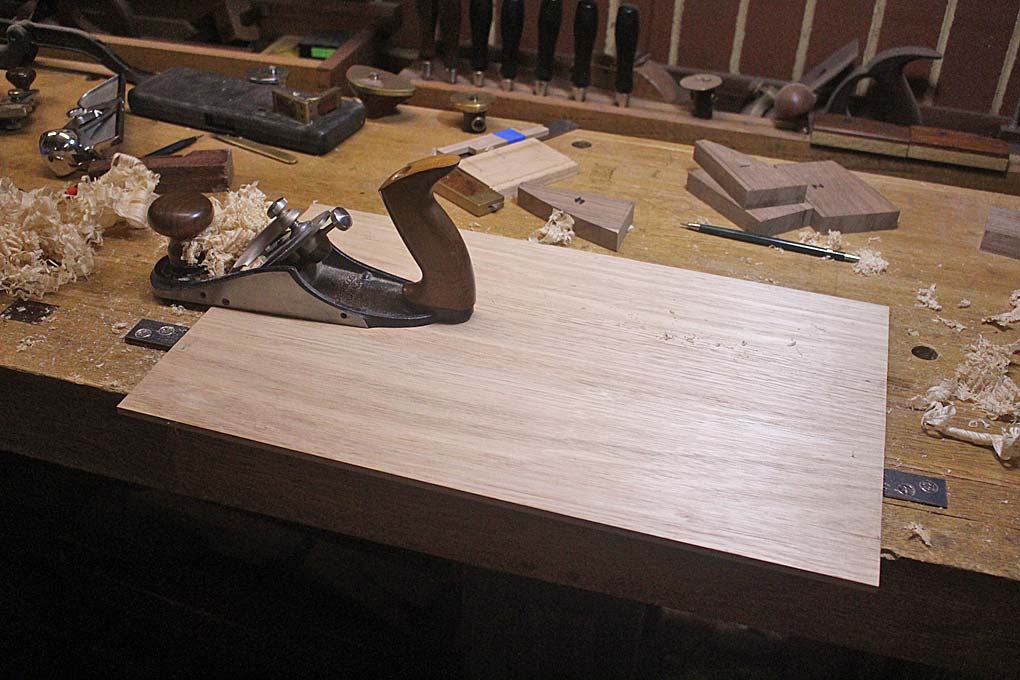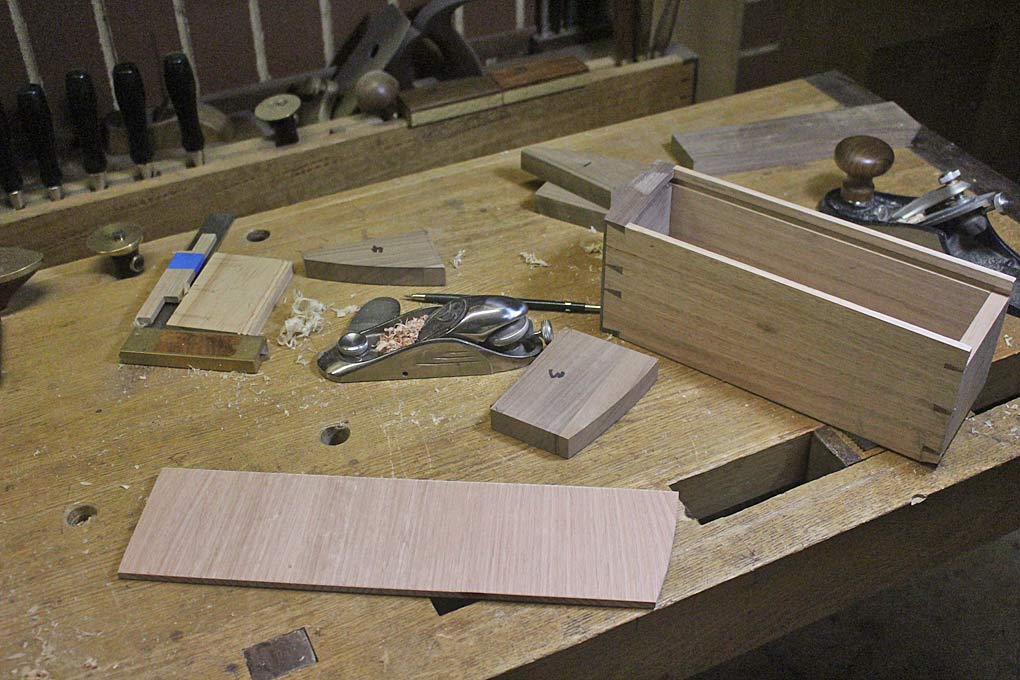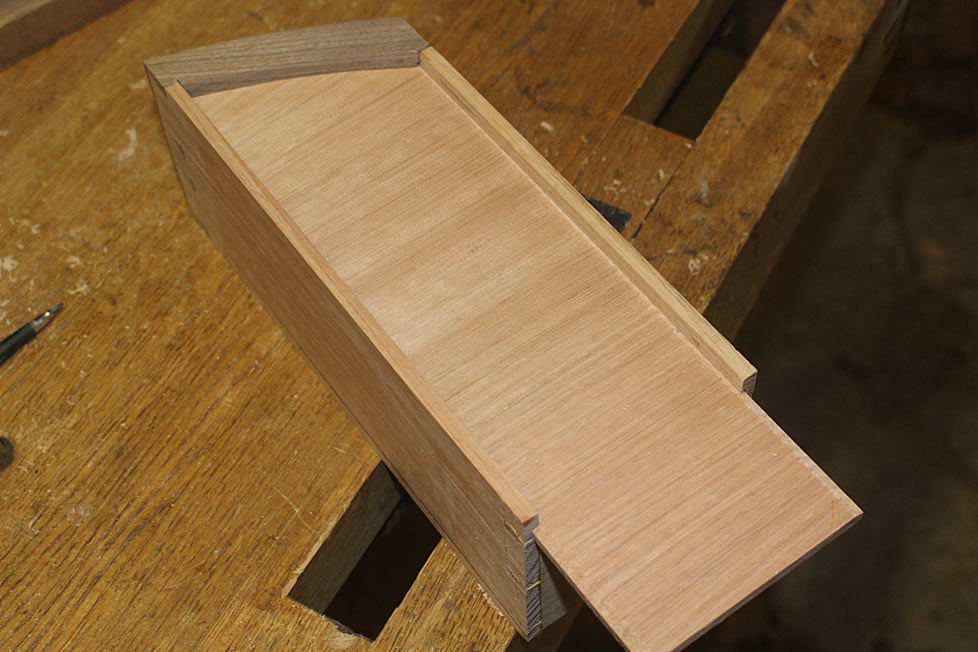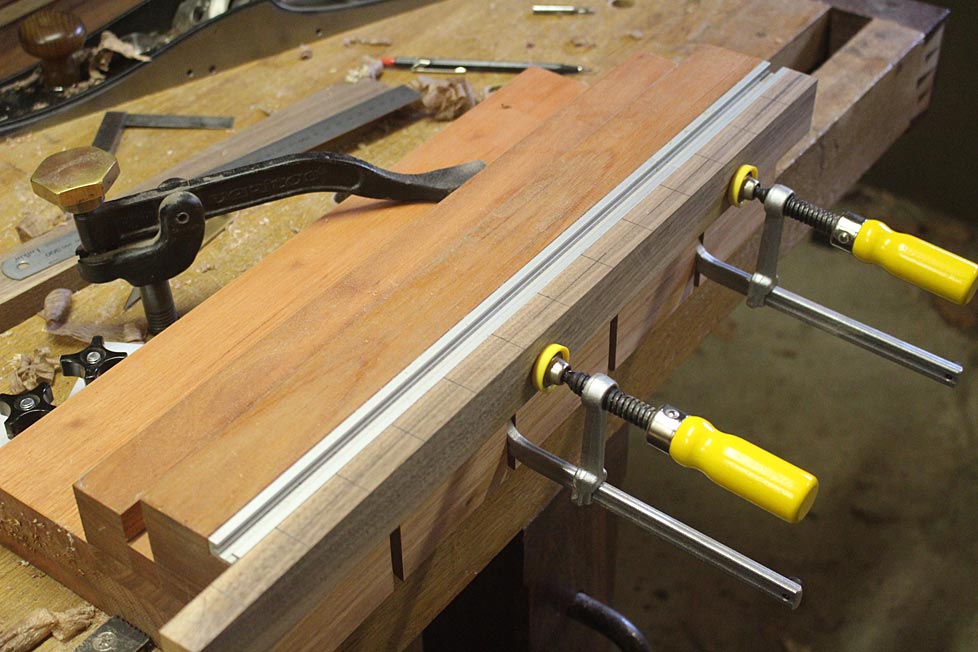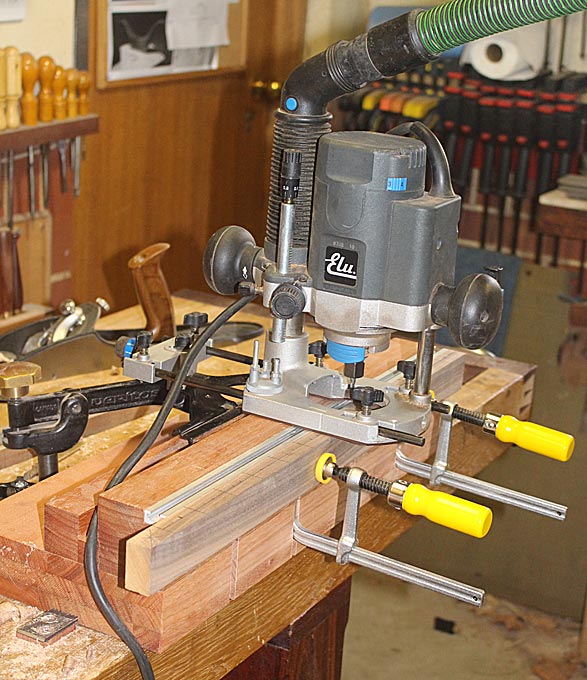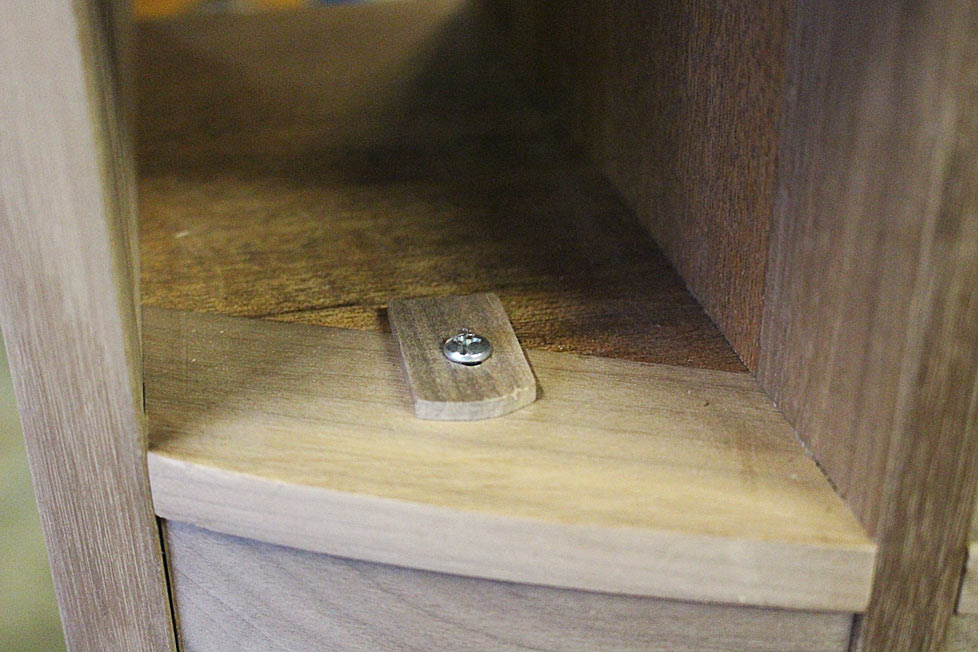HarveyWildes
Member
- Joined
- May 3, 2016
- Messages
- 941
Awesome creativity, awesome result.
The way that the grain matches from curving the drawer fronts is a pretty unique look. I was wondering what it would look like when you got it done, with the mix of grain match and curved fronts from solid wood.
I have to say, I don't think I've ever seen anything quite like it before. Since you were taking away the same depth of wood on both sides of all the drawers, I expected the grain to match across a row (as it does), but the scalloped effect on the grain is very interesting. The matching between the rows is also cool - I did not realize that was part of the plan. I particularly like the bottom two rows. Every woodworker who sees the cabinet is going to spend way too much time trying to figure out how you got that look!
You've inspired me - now that I see it, I want to build something that uses the basic technique, but with a solid panel look instead of the multiple drawers. Perhaps a curved style panel. Should be easy to glue up with dominoes, and with a panel I would avoid all of the dovetails .
.
Thanks for sharing the process and the result.
The way that the grain matches from curving the drawer fronts is a pretty unique look. I was wondering what it would look like when you got it done, with the mix of grain match and curved fronts from solid wood.
I have to say, I don't think I've ever seen anything quite like it before. Since you were taking away the same depth of wood on both sides of all the drawers, I expected the grain to match across a row (as it does), but the scalloped effect on the grain is very interesting. The matching between the rows is also cool - I did not realize that was part of the plan. I particularly like the bottom two rows. Every woodworker who sees the cabinet is going to spend way too much time trying to figure out how you got that look!
You've inspired me - now that I see it, I want to build something that uses the basic technique, but with a solid panel look instead of the multiple drawers. Perhaps a curved style panel. Should be easy to glue up with dominoes, and with a panel I would avoid all of the dovetails
Thanks for sharing the process and the result.





















